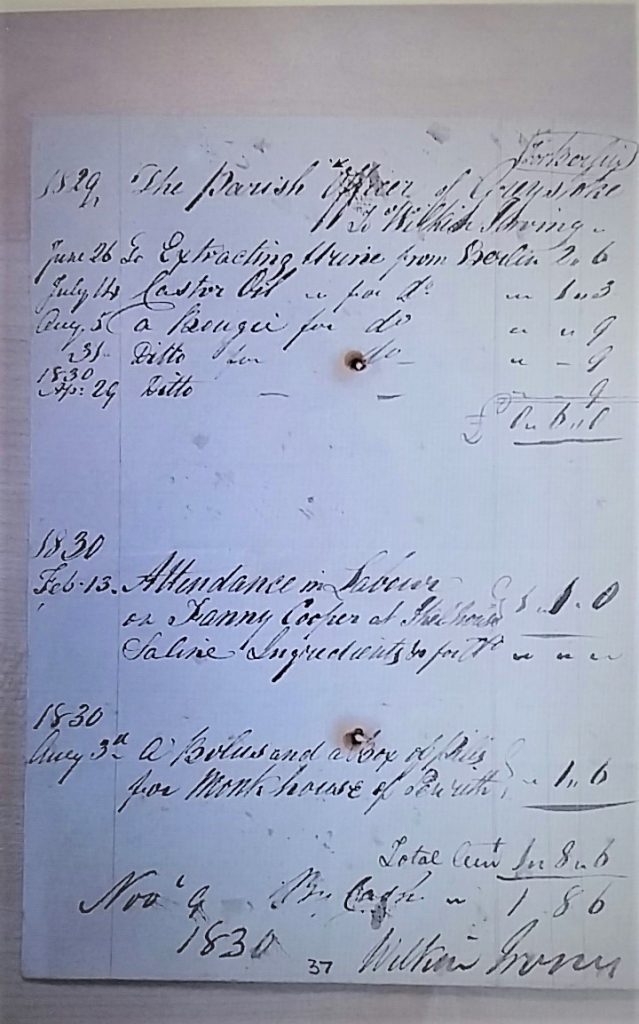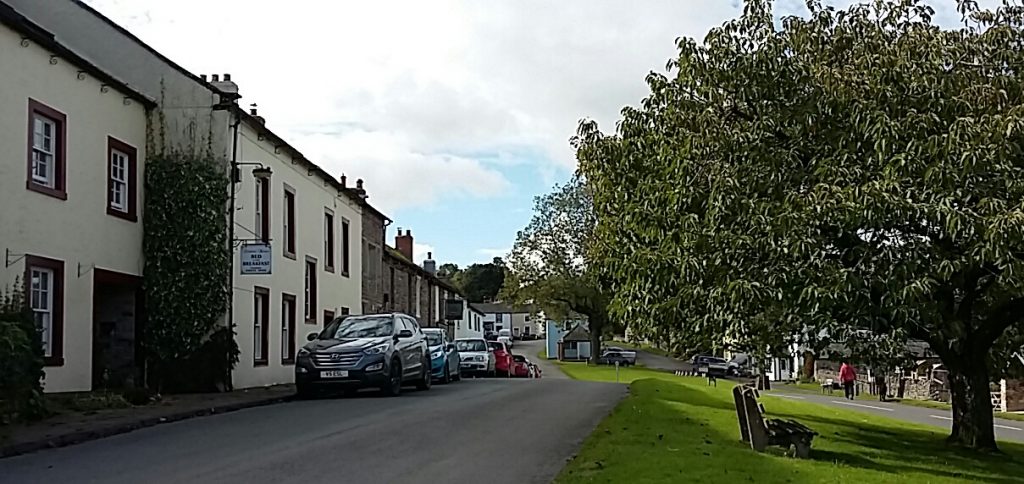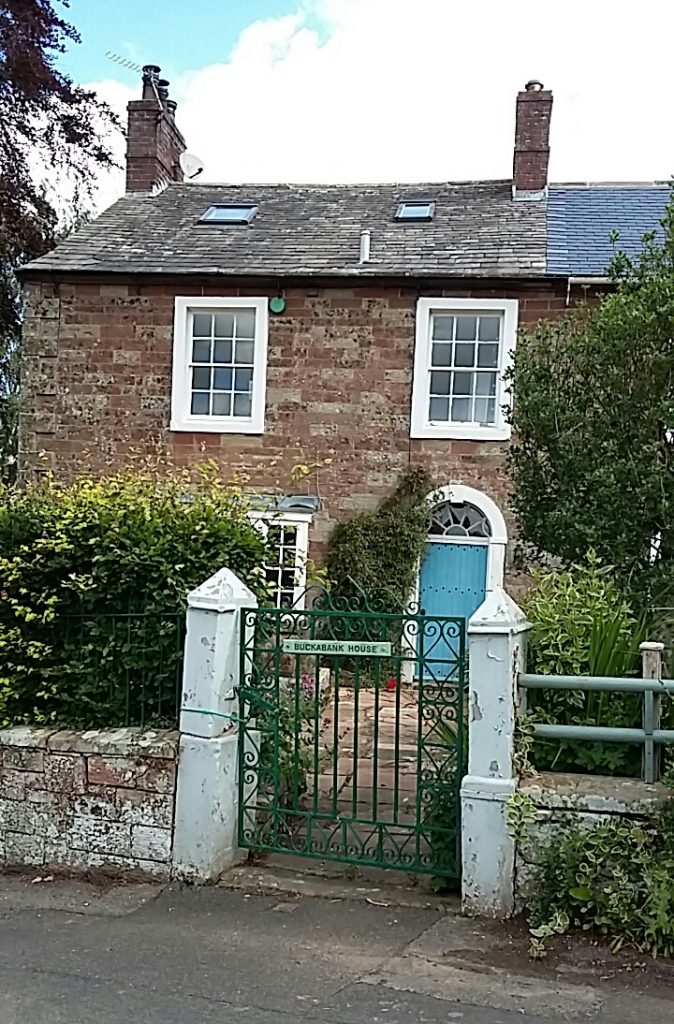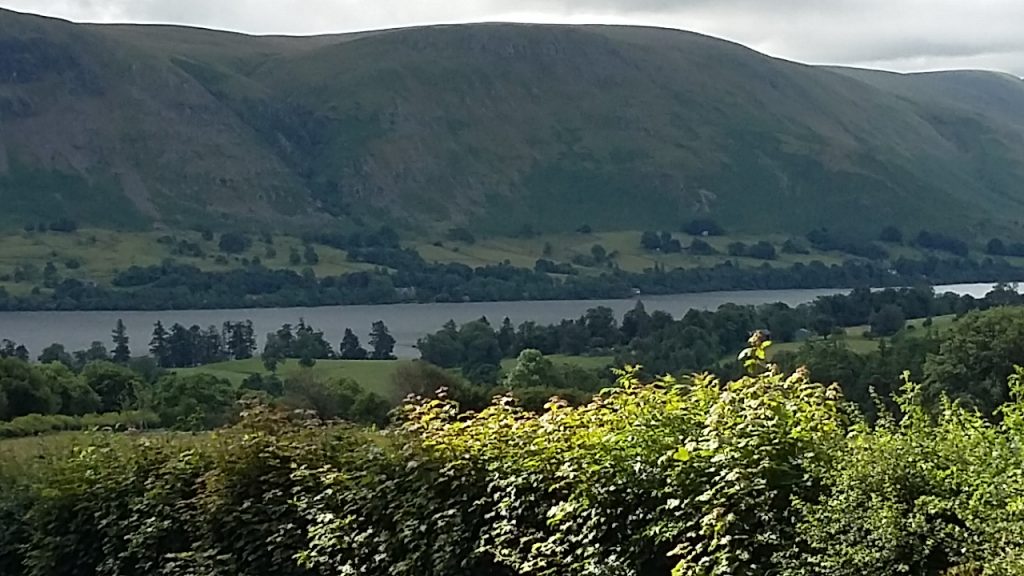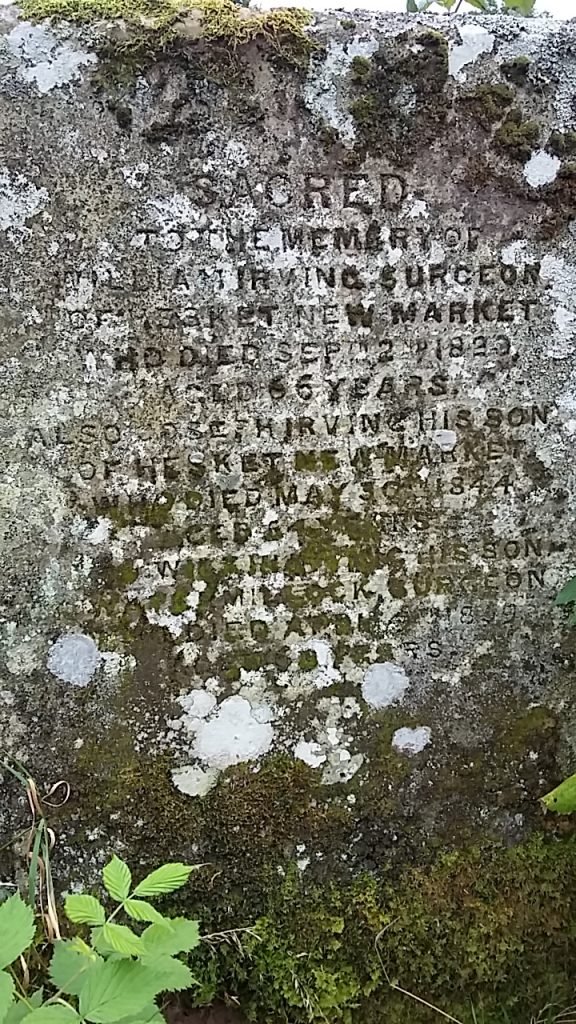In 1772 one of the poorhouses of England was situated in the small market town of Hesket Newmarket, in the Parish of Caldbeck, some nine miles from the town of Wigton.
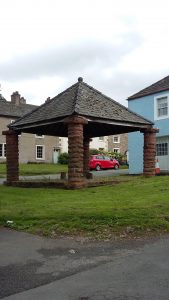
Vouchers for the parish of Wigton as well as the Account Book of Caldbeck poorhouse for 1772-73 name Jonathan Cape, apothecary; Joseph Bewley, mercer; and William Blair. Blair was responsible for the poorhouse. In addition, some of those boarded there are named, although detail is limited.
Suppliers
Dr Johnathan Cape provided medicine and treatments to the poor. [1] His bill of 1774 totalling £4 6s 0d begins ‘to the poor in the poorhouse Hesket Newmarket belonging to the Township of Wigton’. Among those named on his bill, are Isabel Hendrie, Mary McCullen, Sally Harrison, Peggy Little, Mrs Mary Kennedy, Mary Blackburn and Betty Thompson who was supplied with herbs on 4 March 1774 costing 4d. Bleeding from the arm, was a regular treatment costing 6d. [2]
Cape was baptised in the parish of Greystoke on 14 July 1737 and by 1759 was apprenticed to Richard Grave apothecary and grocer of Penrith.[3] In her book, Frances Wilkins describes Grave’s work at the estate of Dalemain; treating both the Hassell family and their servants.[4] Grave died in 1760 leaving his wife Mary with seven sons and one daughter. She carried on his business in the same vein. Some ten years later she married William Atkinson and continued in business. Only a year into his apprenticeship, it has been assumed that Johnathan Cape continued his apprenticeship with her or found someone else to take him on until he started out on his own. There is no evidence of him having a contract with the poorhouse at this time or what spectrum of society used his services [5].
Joseph Bewley, like Cape, sent a bill to William Blair concerning the supply of fabric and haberdashery items to the poor of Wigton in 1772-73.[ 6] In October two women are named on his bill Sarah Wiley, and Betty Thompson. A further bill from him has similar items the following year [7] . However, by 1784 Bewley had been declared bankrupt. Several notices appear in the London Gazette between 1784 and 1793. Meetings of his creditors were held at the Crown and Mitre, Carlisle, and the George and Dragon, Hesket Newmarket.[8]
Overseers and Inmates
Of the inmates in the poorhouse, Betty Thompson was there between 1772 and 1776. Several bills show that her board was being paid for by the overseers of Wigton. In 1776 payments for Thompson ceased after her death on 10 April. William Blair wrote to Isaac Robinson, ‘I have sent an account of Betty Thompson if we find anything else will let you know’.[12] Itemised are her possessions, all clothing including unmade gowns and brats. Thompson may have been making her own clothes but like many of the others named identifying the circumstances that led to them entering the poorhouse can only be surmised.
Isabella Hendrie, her sons and Mary Kennedy also had their board paid for.[9]
John Henderson was the overseer in 1774-75. Two further overseers named in subsequent years are Isaac Robinson [10] and William Lightfoot. [11] The Hendrie and Blackburn families were provided with their board and schooling. All the payments were made to William Blair.
By 1776 time William Blair and his wife Sarah Peascod were the parents of John, George, Stephen and Sarah. A fifth child, William, was buried on 18 April 1776.

In 1784 William Blair appears in the overseer accounts of Thomas Clements in Threlkeld. [13] Named in relation to Hesket Newmarket poorhouse, he had by this time another son, William. There are various payments concerning Mary Pingey. On 9 March, 5s for her to be entered into the poor house at Hesket Newmarket, and a year’s board of £3 4s 0d. Shortly after further expenses appear for her; including ‘a journey to pay funeral expenses’ £1 9s 3 1/2d and ‘a Journey bringing her clothes’ 2s 6d . Mary Pingey was buried at Caldbeck on 20 November 1784.
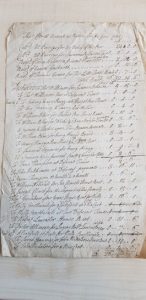
There are references to other inmates in Hesket Newmarket poorhouse in the accounts of Threlkeld around the same time. For instance, a charge of 9s 6d regarding Benjamin Nicholson when he was ‘brought out of the poorhouse’. Robert Lancaster and the Benson family are others named spending time in the poorhouse.
When William Blair’s tenure at Hesket Newmarket poorhouse ended is uncertain. One Thomas Dobson fulfilled this post but exactly when is not known either. [14]
The parish of Caldbeck had agreements with house the poor of other parishes, among them Sebergham and Blennerhasset being examples. [15]
Sources
[1] Cumbria Archives, PR 71/47, Overseers’ Account Book, 1753- 1773.
[2] Cumbria Archives, PR/36/V/3/ 7, [line 50] Wigton Overseers’ Voucher, The poor in the Poorhouse of Hesket Newmarket Belonging to the Township of Wigton, Johnathan Cape. 1773-1774
[3] www.findmypast.co.uk [accessed 15 January 2021]
[4] Wilkins Frances, Two thousand five hundred Cumberland and Westmorland Folk (Wyre Forest Press, 2006)
[5] op.cit Johnathan Cape 1773-1774
[6] Cumbria Archives, PR/36/V3/6 [line 59], Wigton Overseers’ Voucher, For the poor belonging Wigton, Joseph Bewley, 1772-73.
[7] Cumbria Archives, PR/36/V/3/5 [line 16] Wigton Overseers’ Voucher, 1772
[8] London Gazette, 25 May 1784, p. 5
[9] Cumbria Archives, PR36/V/4/11, Wigton Overseers’ Voucher, John Henderson, Overseer, 1774-75
[10] Cumbria Archives, PR36/V/6/78, Wigton Overseers’ Voucher, PR36/V/6. 78 Isaac Robinson, Overseer, 1776
[11] Cumbria Archives, PR36/V/6/62 [line 1], Wigton Overseers’ Voucher, William Lightfoot, Blackburn girls schooling, c.1776
[12] Cumbria Archives, PR36/V/6/9, Wigton Overseers’ Voucher, Betty Thompson, 1776
[13] Cumbria Archives, SPC21/8/11/1, Threlkeld Overseers’ Voucher, Thomas Clements Overseer Accounts, 1784
[14] Monumental Inscriptions of St Kentigern’s Church, Caldbeck, Cumberland
(Thomas Dobson, her son-in-law, late Governor of Hesket Workhouse, 4 May 1822, aged 99)
[15] Cumbria Archives, PR 75/13, Deeds and papers re: Caldbeck Parish Workhouse, 1779-1936
